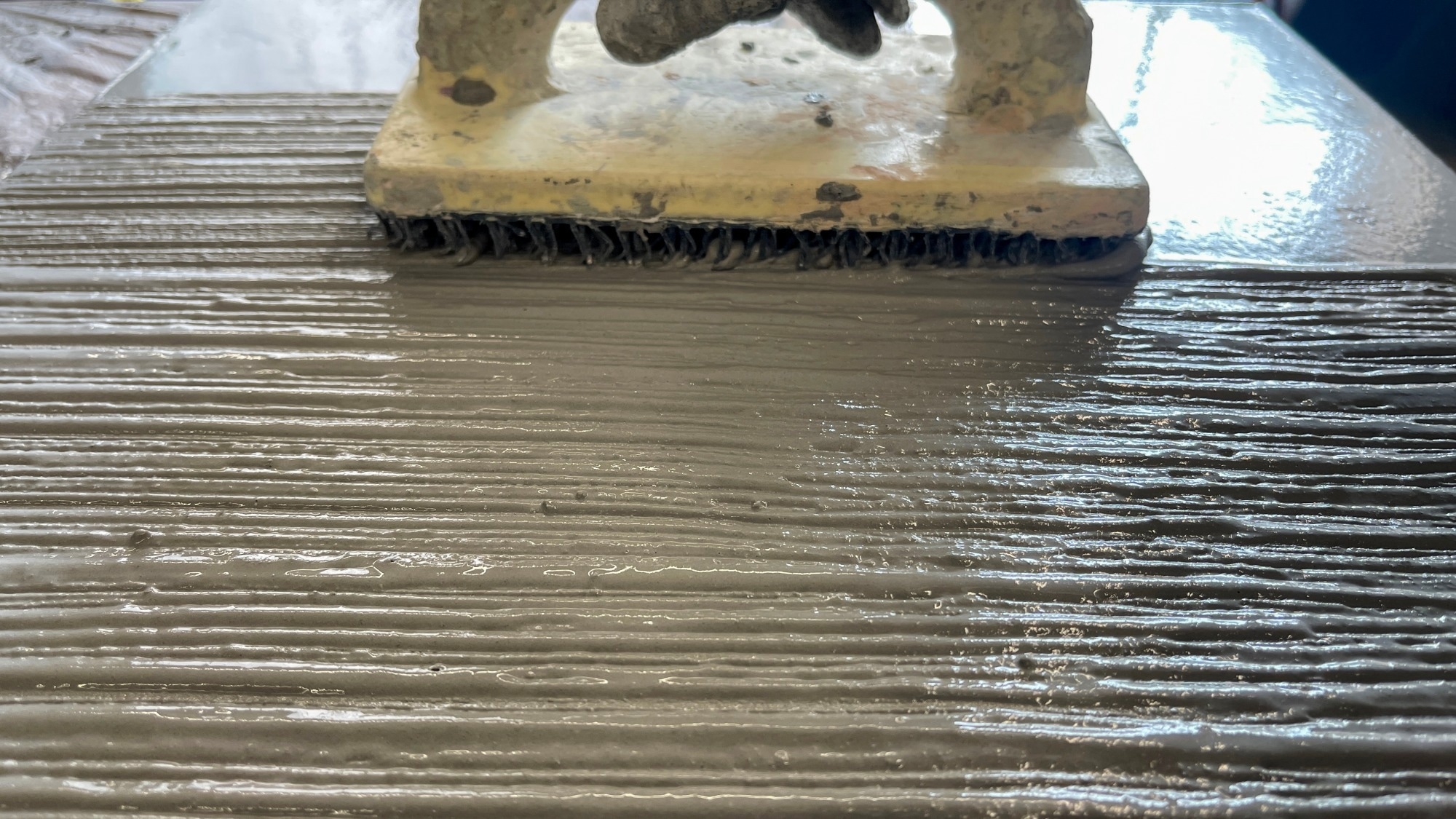In an article recently published in the journal Scientific Reports, researchers investigated the feasibility of using machine learning (ML) models to predict the punching shear capacity of post-tensioned ultra-high-performance concrete (UHPC) flat slabs.
 Study: ML-based Prediction of Punching Shear Capacity in Ultra-High-Performance Concrete. Image credit: World Wide View/Shutterstock
Study: ML-based Prediction of Punching Shear Capacity in Ultra-High-Performance Concrete. Image credit: World Wide View/Shutterstock
Importance of punching shear behavior
The sudden brittle failure-type punching shear behavior of normal reinforced concrete-based Column-slab connection is attributed to the concentration of stress in the small area that surrounds the column. Thus, constant research efforts have been made to validate the existing design recommendations of various international design codes to leverage advanced construction methods and construction materials in such crucial failure criterion.
Although increasing the column and/or slab dimensions using different strategies, including drop/up panel and/or column head, is one of the common methods to prevent brittle failure in column-slab connections, this is not effective in heavy loads or large spans in raft foundations, bridges, and industrial buildings. The advanced construction materials played a crucial role in enhancing the column-slab connection's punching shear behavior based on post-peak load energy dissipation ability, delayed cracking, and ultimate strength.
However, the restrictions on design equations by design codes to a 69 MPa limit as in the EC2 is the key obstacle for using these advanced materials, which necessitates the establishment of design recommendations approved by various codes to validate the use of advanced materials with multiple construction methods. A review of previous studies indicated a knowledge gap about the punching behavior of PT-UHPC flat slabs.
The proposed ML-based approach
In this study, researchers proposed correction factors/the ratio between the FEM and design code punching capacities for the punching shear formulas of EC2 and ACI-318 design codes to extend their punching shear capacity provisions' validity to include the PT-UHPC flat slabs. Two correction factors were developed, with one factor for each code, using a combined finite element method-artificial intelligence (FEM-AI/ML) technique to realize this goal.
Results of previously evaluated PT-UHPC flat slabs were utilized to validate the developed FEM model based on punching shear capacity. Subsequently, a full parametric study, including all parameters' combinations, was performed using the validated FEM for generating two databases, with each database including the aspect ratio of the column, shear reinforcement capacity, PT strands layout, concrete compressive strength, and the correction factor. The developed FEM model was validated against the experimental results obtained from the monotonic testing of nine PT-UHPC flat slabs from previous studies.
ACI-318 was the first considered design code in the first database, while EC2 was considered in the second database. The generated database was divided into a training set and a validation set, with 80% of the data used for the training and the rest of the data for validation. Eventually, three ML techniques, including artificial neural network (ANN), evolutionary polynomial regression (EPR), and genetic programming (GP), were used on the two generated databases for predicting the correction factors as considered parameters' functions.
Significance of the study
The developed FEM model was validated successfully against the experimentally evaluated PT-UHPC flat slabs based on midpoint deflection and ultimate punching capacity with 12.7% and 3.8% error, respectively. These variations were acceptable considering the random errors in the experimental work owing to temperature effects, variation in materials and measurements tolerances, and design code formulas variances of ±100% for EC2 and 60% for ACI.
All developed ML models, including ANN, EPR, and GP, displayed almost the same level of accuracy based on punching ultimate load. 95–97% accuracy was realized for the ACI-318 correction factor, while 96–97.5% accuracy was achieved for the EC2 correction factor. Specifically, using the proposed PT-UHPC correction factors with the original punching capacity code formulas improved the prediction accuracy from 50%-60% to over 95%.
Although the prediction accuracies were almost similar for all developed ML models, EPR and GP models had the simplicity advantage as their outputs were closed-form formulas that could be manually utilized, unlike the ANN model outputs, which were two weight matrices that are not implementable manually.
Moreover, the results also indicated that both ACI-318 and EC2 correction factors primarily depended on the concrete's characteristic strength. The ACI-318 correction factor also depended on the aspect ratio of the column, while the shear reinforcement's tensile capacity substantially affected the EC2 correction factor. Notably, the average pre-stressing stress had negligible effects on both EC2 and ACI-318 correction factors.
Overall, the findings of this study demonstrated the effectiveness of ML models for PT-UHPC punching shear capacity prediction. However, more research is required to investigate the impact of other parameters, such as various levels of prestressing.
Journal reference:
- Ors, D. M., Ramadan, M., Maree, A. M., Zaher, A. H., Afifi, A., Ebid, A. M. (2024). Machine learning base models to predict the punching shear capacity of posttensioned UHPC flat slabs. Scientific Reports, 14(1), 1-20. https://doi.org/10.1038/s41598-024-54358-5, https://www.nature.com/articles/s41598-024-54358-5